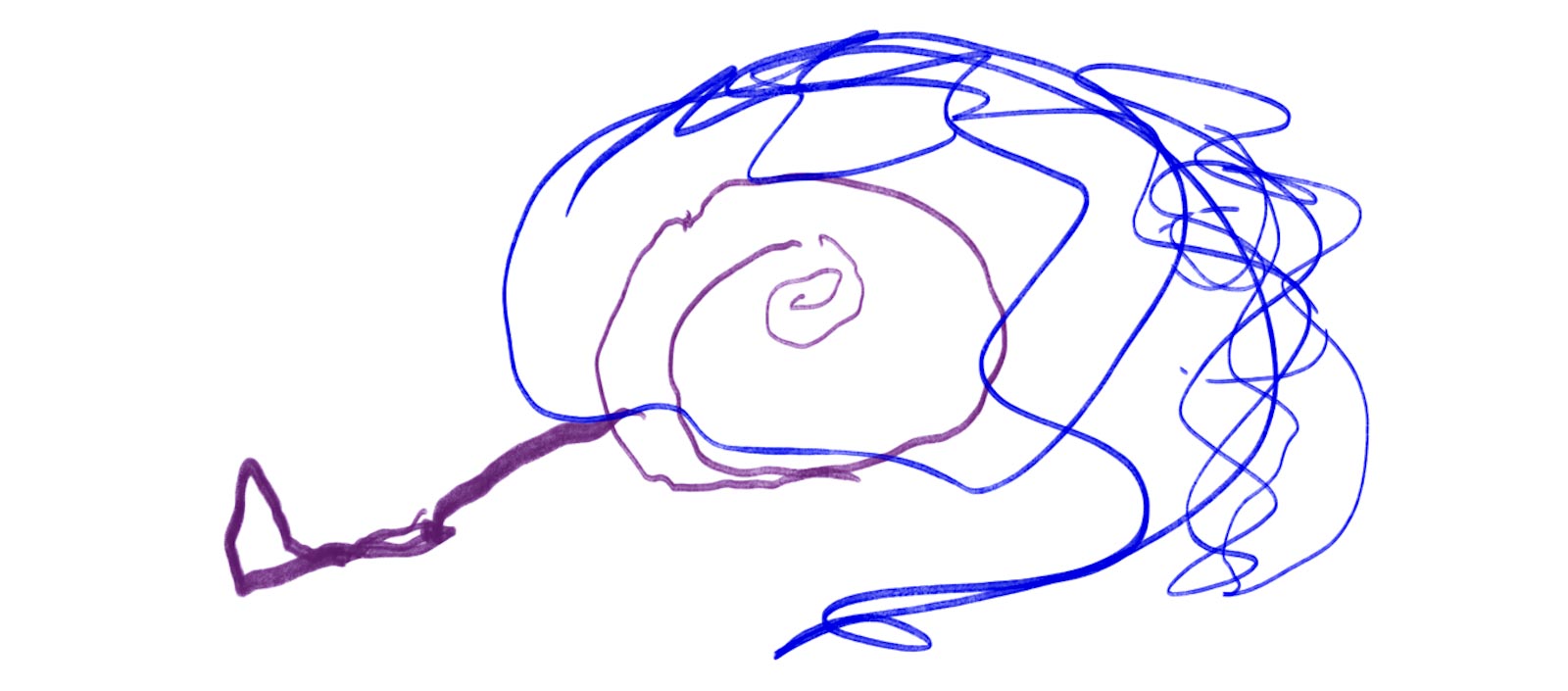
Air is invisible, but children know it is there. Children can breathe in and out, fly kites in the wind, blow up balloons, and burst bubbles. Children can look up in wonder at aircraft flying in the sky.
Early childhood educators can teach children that air contains important substances, like oxygen and nitrogen, that keep us alive.
EYLF learning outcomes
The Early Years Learning Framework supports children connecting with natural materials (4.4) that teach respect for the environment (2.4) and provoke curiosity, imagination, creativity (4.1), problem solving, inquiry, experimentation, hypothesising, researching and investigating (4.2).
Learning experiences
Make a list
How do we know the air is there, even though it is invisible? Brainstorm, test ideas, and write them down. Your list might include:
- waving your arm
- blowing on the back of your hand
- blowing up a balloon and letting it go
- watching trees move in the breeze
- watching clouds move
- blowing bubbles
- and breathing in deeply.
Babies will enjoy the sensory experience of air. How many different ways can your baby feel or see air?
Preschoolers will have in-depth questions about how air works. Let them find the answers through science experiments.
Hold a leaf-blowing race
Find large dry leaves. Each child has a leaf and blows it along the ground from a starting point to the finish line. Experiment with different types of leaves. Which ones move the easiest? Why?
Froth milk and whisk egg whites
Experiment with air in the kitchen. Use a coffee machine or portable milk frother to froth milk. Use electric beaters to whisk egg whites and make this meringue recipe from Taste.
Read the science behind amazing meringues and perfect cappuccinos on The Conversation.
Learn about air quality
Talk to children about air quality and develop an action plan to improve the indoor air quality at your service. What little steps can you take to improve your environment?
See the world's air quality in real time. The green areas show healthy air and the red areas show unhealthy air.
Teach children that human behaviour can impact our world in positive and negative ways. Follow children's interests to teach them about sustainability.
Play I spy in the sky
Go outside and look for things that float or fly through the air (e.g. planes, birds, leaves, feathers, insects, kites and balloons). Why can some things move easily through air? Would you like to fly in the sky?
Discussions about air
- What does air feel like?
- Where does air come from?
- What colour is air?
- Why can't we see air?
Events
7th September is International Day of Clean Air for Blue Skies.
